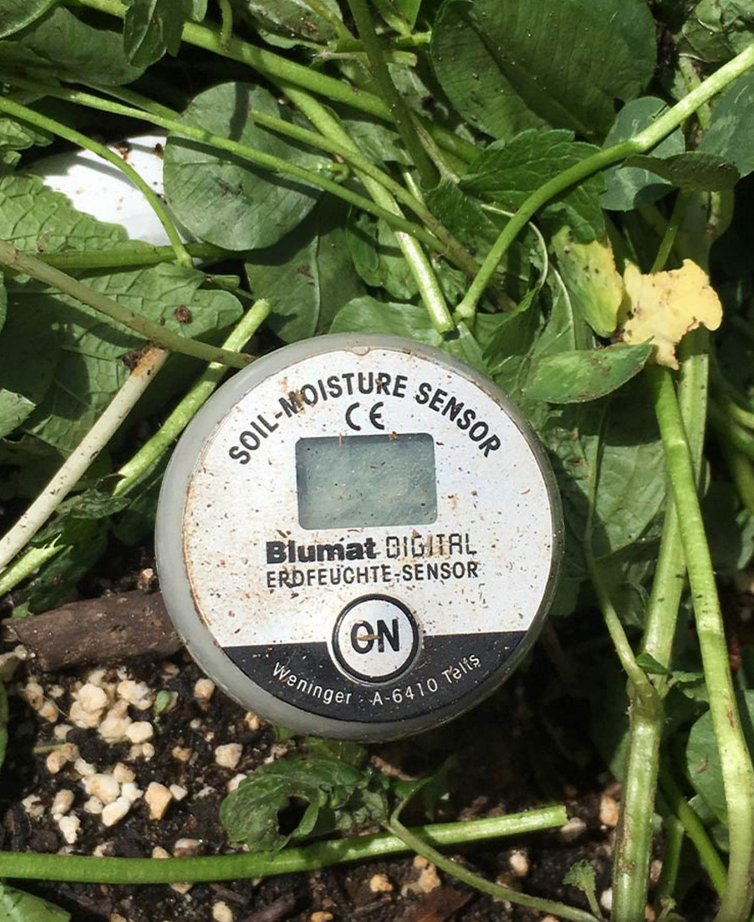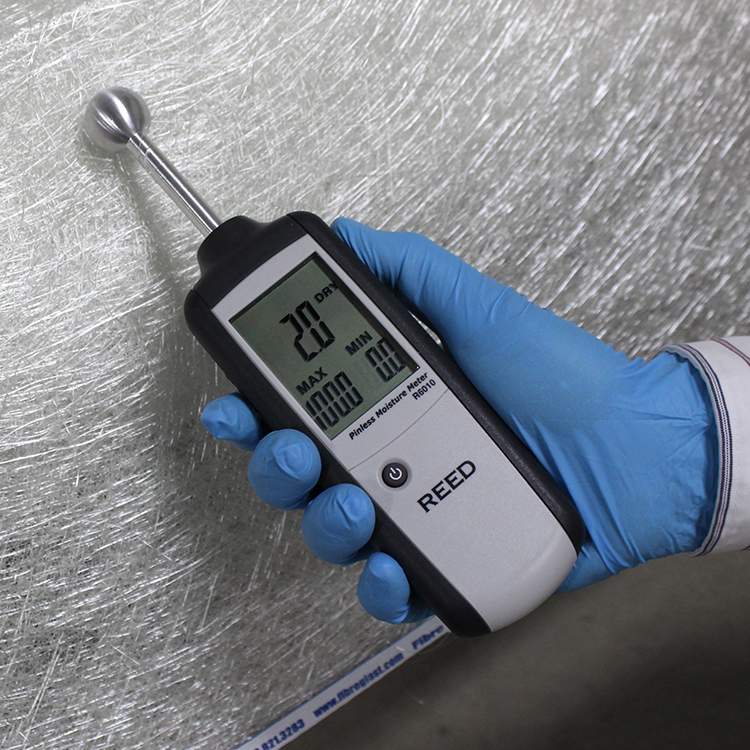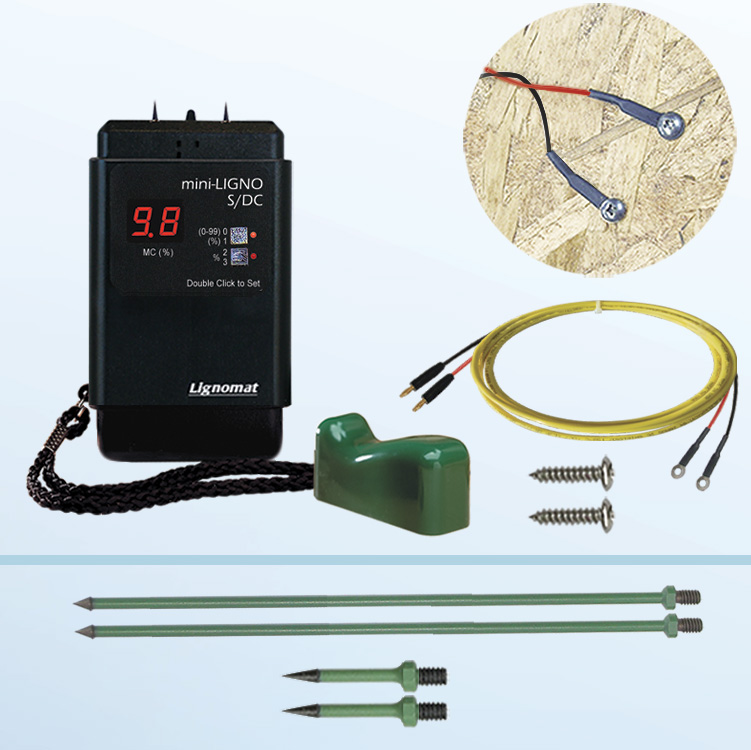Moisture Meter Reviews: Contrasting the most effective Versions for Specialist and DIY Use
Moisture Meter Reviews: Contrasting the most effective Versions for Specialist and DIY Use
Blog Article
Comprehending the Importance of a Moisture Meter in Avoiding Mold and Water Damage in your house
In the world of home upkeep, the existence of moisture can usually be a quiet yet awesome opponent, capable of causing prevalent mold and mildew development and dangerous water damages if left unchecked. Recognizing the importance of a wetness meter in this fight is not simply an alternative however a strategic necessity.
Value of Moisture Detection
Efficient dampness discovery methods are crucial for securing residential properties and protecting against potential mold development and water damages. Wetness can leak right into different structure materials, resulting in structural issues and carcinogen. By making use of a moisture meter, home proprietors can proactively determine areas susceptible to excess dampness, permitting prompt intervention and mitigation strategies.
Moisture meters provide accurate readings of moisture degrees in different products such as concrete, drywall, and wood. This information assists in pinpointing areas of worry, even in surprise or hard-to-reach locations. Early discovery of moisture build-up enables prompt fixings or modifications to avoid more damages.

How Moisture Meters Job
Dampness meters play a crucial role in the proactive identification of excess wetness, helping in the avoidance of prospective mold and mildew development and water damage by supplying precise analyses of wetness degrees in different building products. These gadgets work based upon various principles, depending on their type. Moisture Meter. Pin-type moisture meters, as an example, have 2 pins that penetrate the product to determine the electrical resistance between them. When dampness is present, it enhances the material's conductivity, causing a lower resistance analysis. Pinless moisture meters, on the other hand, use electro-magnetic sensors to check the product without causing damage. These sensors give off electromagnetic signals that penetrate the product and measure the dielectric homes, indicating moisture material. Some advanced dampness meters incorporate both pin and pinless modern technologies for detailed moisture detection. Recognizing just how moisture meters function is vital for prompt and precise dampness degree assessments, allowing efficient safety nets against mold and mildew and water damages.
Finding Early Indication
Upon preliminary assessment of a home, recognizing subtle indicators of excess dampness comes to be essential in the early detection of possible mold and mildew development and water damages. Water stains can signal leaks or infiltration, while peeling paint or wallpaper may be a result of wetness compromising the bond of these products to the surface area. Furthermore, a boost in allergy signs and symptoms or respiratory concerns among occupants might suggest the presence of mold and mildew due to excess wetness.
Preventing Mold Growth
Acknowledging early caution indicators of excess dampness within a building not only allows punctual discovery of potential mold and mildew development and water damages yet additionally acts as an aggressive measure in preventing the spreading of mold and mildew. To efficiently stop mold and mildew growth, it is vital to address any type of sources of wetness immediately. This can include fixing leaks in pipes, roofs, or home windows, ensuring correct air flow in damp areas like shower rooms and kitchens, and using dehumidifiers in high-humidity spaces. Routinely checking and keeping the home's plumbing, roof covering, and gutters can likewise aid in avoiding water invasion that can lead to mold and mildew development.
In addition to addressing moisture resources, keeping interior moisture levels listed below 60% can considerably hinder mold growth. Proper air flow, appropriate insulation, and utilizing air conditioning unit or fans can help manage interior moisture degrees. Monitoring dampness levels in locations susceptible to moisture, such as cellars and crawl areas, using a dampness meter can also help in very early discovery of raised moisture degrees and possible mold and mildew growth. By taking proactive actions to stop excess wetness and mold growth, property owners can secure their property and indoor air quality.
Benefits of Routine Tracking
Regular monitoring of dampness degrees in a home see this can play a critical role in maintaining a healthy indoor setting and preventing potential mold and water damage. By routinely checking wetness degrees, homeowners can spot any type of problems promptly and take needed actions to stop mold growth and water damages. Among the vital benefits of routine surveillance is early detection. By identifying and dealing with high wetness degrees beforehand, homeowners can intervene before mold and mildew has the possibility to develop and spread out. This positive strategy can conserve both money and time in the future by protecting against substantial mold and mildew removal and fixing costs.
Furthermore, normal tracking allows homeowners to track patterns and fads in dampness degrees over time. Inevitably, the consistent monitoring of dampness levels encourages home owners to protect their home, safeguard their health, and preserve the stability of their interior atmosphere.

Verdict

By making use of a wetness meter, property owners can proactively recognize areas prone to excess wetness, allowing for timely treatment and mitigation approaches.

Keeping track of dampness degrees in locations susceptible to dampness, such as cellars and creep spaces, using a wetness meter can additionally aid in early discovery of elevated wetness levels and potential mold development. (Moisture Meter)
Report this page